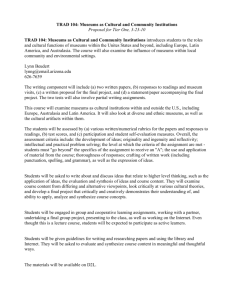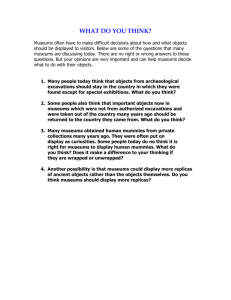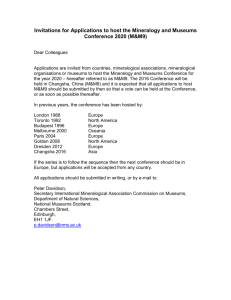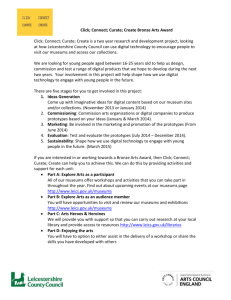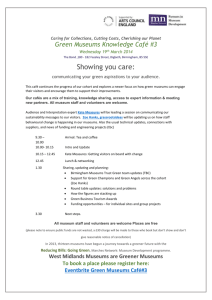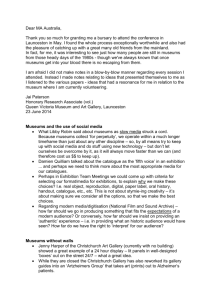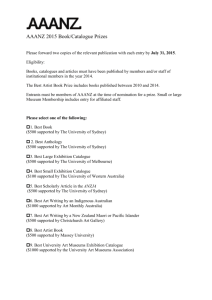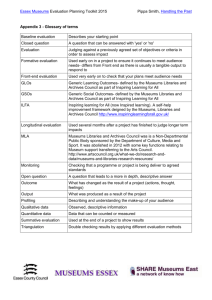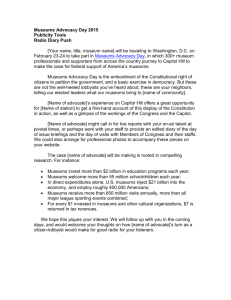Bursary report from Katrina Hopkins
advertisement
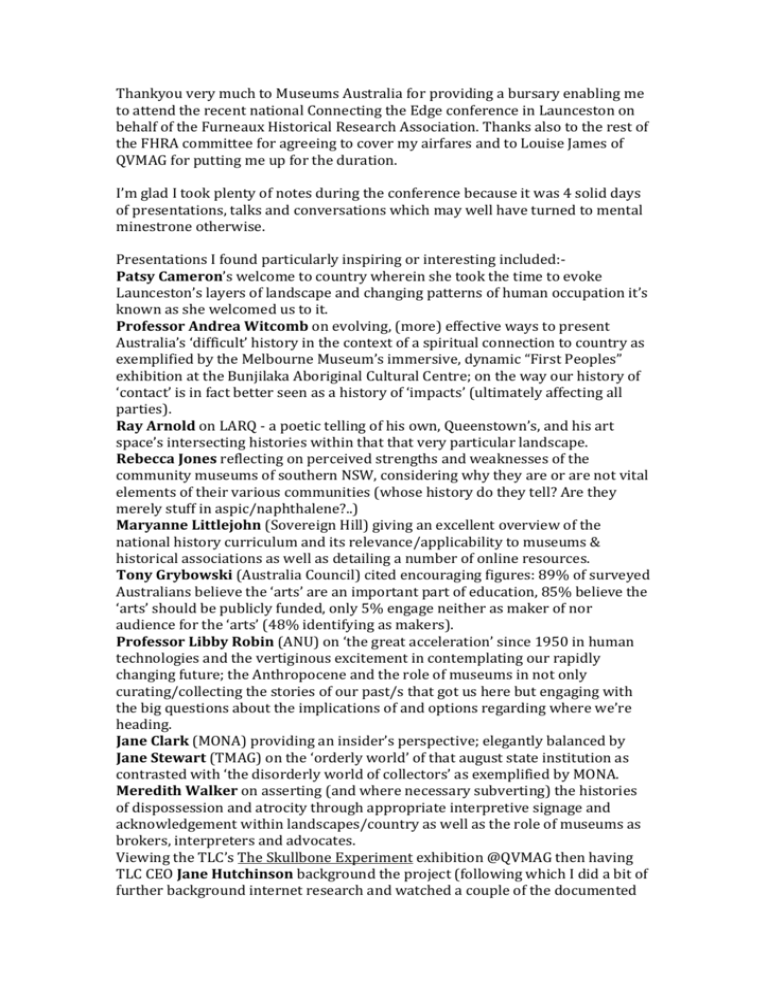
Thankyou very much to Museums Australia for providing a bursary enabling me to attend the recent national Connecting the Edge conference in Launceston on behalf of the Furneaux Historical Research Association. Thanks also to the rest of the FHRA committee for agreeing to cover my airfares and to Louise James of QVMAG for putting me up for the duration. I’m glad I took plenty of notes during the conference because it was 4 solid days of presentations, talks and conversations which may well have turned to mental minestrone otherwise. Presentations I found particularly inspiring or interesting included:Patsy Cameron’s welcome to country wherein she took the time to evoke Launceston’s layers of landscape and changing patterns of human occupation it’s known as she welcomed us to it. Professor Andrea Witcomb on evolving, (more) effective ways to present Australia’s ‘difficult’ history in the context of a spiritual connection to country as exemplified by the Melbourne Museum’s immersive, dynamic “First Peoples” exhibition at the Bunjilaka Aboriginal Cultural Centre; on the way our history of ‘contact’ is in fact better seen as a history of ‘impacts’ (ultimately affecting all parties). Ray Arnold on LARQ - a poetic telling of his own, Queenstown’s, and his art space’s intersecting histories within that that very particular landscape. Rebecca Jones reflecting on perceived strengths and weaknesses of the community museums of southern NSW, considering why they are or are not vital elements of their various communities (whose history do they tell? Are they merely stuff in aspic/naphthalene?..) Maryanne Littlejohn (Sovereign Hill) giving an excellent overview of the national history curriculum and its relevance/applicability to museums & historical associations as well as detailing a number of online resources. Tony Grybowski (Australia Council) cited encouraging figures: 89% of surveyed Australians believe the ‘arts’ are an important part of education, 85% believe the ‘arts’ should be publicly funded, only 5% engage neither as maker of nor audience for the ‘arts’ (48% identifying as makers). Professor Libby Robin (ANU) on ‘the great acceleration’ since 1950 in human technologies and the vertiginous excitement in contemplating our rapidly changing future; the Anthropocene and the role of museums in not only curating/collecting the stories of our past/s that got us here but engaging with the big questions about the implications of and options regarding where we’re heading. Jane Clark (MONA) providing an insider’s perspective; elegantly balanced by Jane Stewart (TMAG) on the ‘orderly world’ of that august state institution as contrasted with ‘the disorderly world of collectors’ as exemplified by MONA. Meredith Walker on asserting (and where necessary subverting) the histories of dispossession and atrocity through appropriate interpretive signage and acknowledgement within landscapes/country as well as the role of museums as brokers, interpreters and advocates. Viewing the TLC’s The Skullbone Experiment exhibition @QVMAG then having TLC CEO Jane Hutchinson background the project (following which I did a bit of further background internet research and watched a couple of the documented school expeditions to Skullbone Plains www.skullbone.expeditionclass.com for another, further enriching layer of engagement with and documentation of human interactions with a particular site). It was also great to be able to attend the opening of the 21 Objects-21 Stories exhibition @QVMAG (the Furneaux Museum being 1 of the 21 contributing Tasmanian museums/collections – out of a total of 140 public sector community museums/collections in the state).

